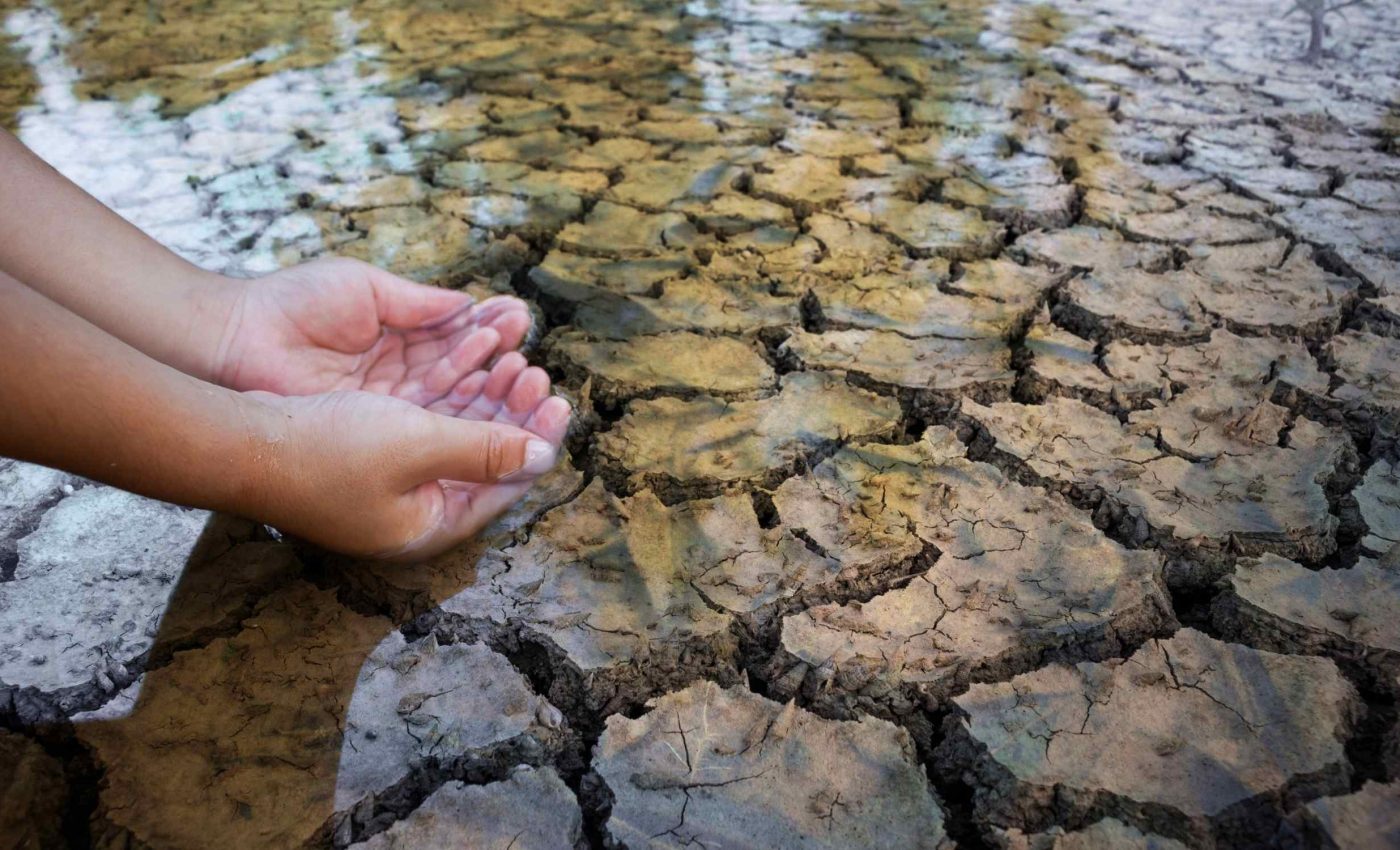
England is losing billions of liters of water every year, and no one seems able to stop it
England’s water system is stretched thin. By mid-century, the country faces a daily shortfall of up to 5 billion liters for public supplies, plus about 1 billion liters for energy, farming, and industry.
This is not just a story about whether it rained last week. It is about how much water can actually move through rivers and aquifers.
Recent forecasts show an east west split in flows that leaves central and eastern England running low in many catchments according to the latest UK hydrological outlook.
Recent work by Wilson C. H. Chan at the UK Centre for Ecology & Hydrology (CEH) helps explain how drought risk is changing.
Studying England’s water problem
A hydrological drought happens when rivers and groundwater run low for weeks or months, even if a few showers pass through. It stresses public supplies, ecosystems, and farms.
In southern England, a key player is the aquifer, a layer of porous rock that stores water underground. Chalk aquifers recharge in winter, so a dry, hot summer can bite hard the next year if the winter recharge window is short.
How we use the water matters too. “Abstraction” is the legal term for taking water from rivers or aquifers for public supply, farming, or industry. If we take too much during low flow periods, streams and wetlands pay the price.
Why the taps may struggle
Demand is rising with a growing population and hotter summers. Other sectors add pressure, including data centers and new clean energy facilities that need cooling water.
Metering shifts behavior. On average, a metered person uses about 122 liters per day, compared with 171 liters without a meter. That gap is the size of a daily habit, not a fluke.
Cutting waste sounds dull, but it is effective. Fixing leaks, modernizing appliances, and smoothing the peaks on the hottest days keep supplies within reach of the pipes we already have.
How seasons are changing
A large ensemble of climate and river models shows a clear pattern.
Dry spring and summer sequences get sharper as the climate warms, while winters tend to be wetter on average but can still produce very dry months, according to the recent research by Chan and colleagues.
“Dry spring-summers are estimated to become drier with future warming primarily driven by reduced precipitation in summer,” stated Chan. That is a sober forecast, not a headline.
The odds move in ways that matter for operators. The chance of a southeast England summer month drier than the worst on record roughly doubles in a much warmer world, while the most extreme winter dry months remain possible.
The takeaway is simple, summer risk grows and winter risk does not vanish.
Where the fixes fit
Plans on the table include 10 new reservoirs, nine desalination plants, and seven water recycling schemes by 2050. These projects are meant to spread risk across sources so one bad season does not tip the system.
Regulators have mapped a pipeline of major projects to speed delivery across company boundaries. That coordination matters because moving water across regions is often faster than building a brand new source in the driest places.
“Boosting supply through building critical water infrastructure is essential to safeguard supplies of drinking water,” explained David Black, Chief Executive of Ofwat.
Ofwat’s current price control sets the stage for a larger infrastructure push.
“The way is now clear for the water industry to build on the success of the recently opened £5 billion Thames Tideway project by stepping forward to deliver an expanded pipeline of 30 major projects which we need in England and Wales,” Black continued.
Those projects take years. That is why reducing demand now is a central part of every serious plan, not an optional extra.
What this means for daily life
You should expect more attention on home and business water use, especially during hot spells. Smart, fair pricing and quicker leak alerts can trim daily peaks without heavy handed bans.
A smart meter is a digital water meter that shows how much you use in near real time.
It helps households spot hidden leaks and nudges them toward shorter showers, fuller washing machine loads, and fewer daytime lawn sprays.
Small changes add up across millions of homes. Shorter showers, teeth brushing with the tap off, and using captured rainwater on gardens lower demand without lowering living standards.
Future of England’s water supply
Healthy rivers need space to breathe. In practice, that means tighter rules on taking water during low flows, plus nature based work like restoring wetlands and planting trees along rivers.
Chalk streams are especially sensitive. They depend on winter recharge from chalk aquifers, so keeping more water in the ground through the cold months protects rare habitats in spring and summer.
The physics are clear, hotter summers intensify evaporative demand and raise drought risk. The policy tools are also clear, combine demand cuts, leak reduction, and a diversified supply portfolio to spread risk.
There is nothing automatic about running short. The gaps are known, the timelines are visible, and the mix of fixes is well understood.
National forecasts point to a sizable gap between what people want to use and what rivers and aquifers can give. The gap widens in hot summers and tight winters.
Closing it requires steady building and steady thrift, not grand gestures. That is how you keep taps on and rivers alive in the same country.
The study is published in the Journal of Hydrology.
—–
Like what you read? Subscribe to our newsletter for engaging articles, exclusive content, and the latest updates.
Check us out on EarthSnap, a free app brought to you by Eric Ralls and Earth.com.
—–













